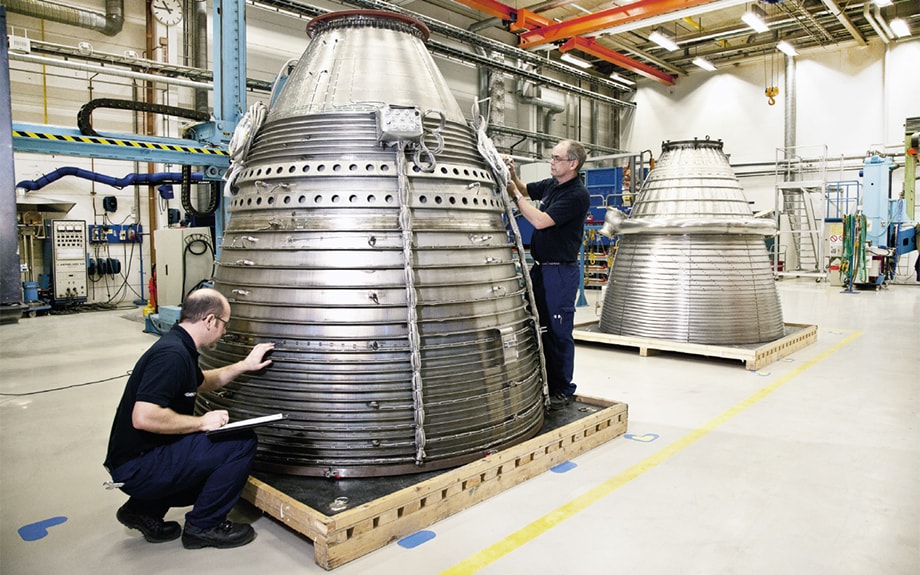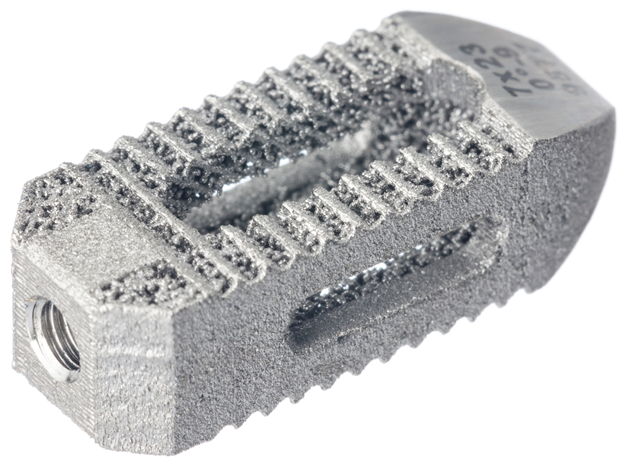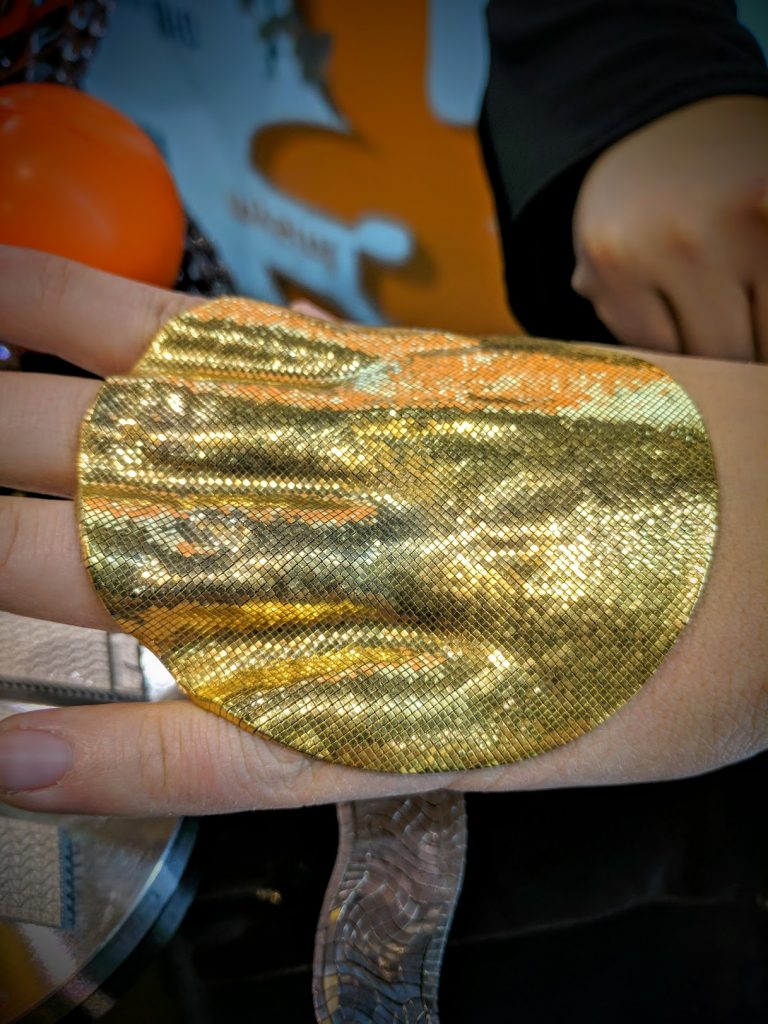Our future of 3D printing series continues with a look at how 3D printing can create an abundant and very optimistic future through the democratization of metals.
John O. Milewski is a maker, welder, author, inventor, engineer and was a pioneer in additive manufacturing of metal. After working for 5 years in light and heavy industry, he spent the majority of his year career at Los Alamos National Laboratory, in the Materials Science and Technology: Metallurgy Group, in positions ranging from technologist to scientist. His new book Additive Manufacturing of Metals From Fundamental Technology to Rocket Nozzles, Medical Implants and Custom Jewelry, provides a roadmap to this future and can serve as a resource for newcomers to the field.
The Future of 3D Printing: The Democratization of Metals By John O. Milewski
One can envision the Future of 3D Printing from two perspectives, one being an evolution of specific technology driven by needs identified over the past 30 years, and another of exciting new directions being driven by global trends, the convergence of technology, and individual creativity. In the next 5 years, additive manufacturing will democratize metals. To appreciate this trajectory we need to take a brief look back.
20 years ago, 3D Printing and additive manufacturing (AM) of metals based on 3D computer models had its origins in rapid prototyping. I was fortunate enough to work on a team developing laser powder fusing of 3D metal shapes where we, and others of the day, had dreams of aerospace parts, medical implants and a wide range of industrial applications. The engineering challenges of lasers, powdered metal technology, process speed, accuracy, distortion, residual stress and surface finish were seen as obstacles to wide adoption. The technical limitations and costs of computer models, software, hardware, lasers and process controls were formidable. We guessed it would take at least ten years for AM metal to enter the mainstream of manufacturing.
10 years ago, AM metal had yet to reach mainstream adoption. The hard work of science and engineering had advanced the fundamental technologies with a continued focus on the core industrial applications. However, 3D printing of prototypes using polymers had reached mainstream use and demonstration hardware made of specialty metals in highly complex shapes were being produced.

Significant investment by major global corporations and OEM machine producers were ramping up. At that time, I was invited to write a section for the ASM Handbook on the Future Directions for Near-Net Shape Processing1. The article identified the need for continued advances in solving the challenges of process speed, surface finish, material properties and the integration of design software and processing hardware. In addition, it identified the need for standards, qualified processes and procedures to produce parts for critical applications.
Today, the dreams of 20 years ago have become a reality with AM parts finding end use in critical aerospace, medical and industrial applications. Applications have crossed the finish line for certified use in a growing number of critical applications, leading the way for the development of a wide range of similar products. AM Standards, such as those developed by ASTM, will enable wider adoption in industry. AM rocket nozzles built and tested by NASA to formal standards set a trajectory, taking the hopes and dreams of humankind beyond the planet. AM medical devices such as the Stryker titanium alloy spinal implant are receiving clearance by the FDA, leading the way for integrating AM technology to benefit people across the globe. Personalized items such as gold jewelry represent an empowerment and recognition of the individual, providing artisans with global reach for their creations, and products.

The future of AM Metal will not only continue to evolve in these core directions, but will accelerate and multiply due to advances in software, hardware, AI, information technology, robotics, machine learning, sensors and IIoT (industrial internet of things). It is reasonable to predict an exponential increase in the scope and pace of AM metal development as the fundamental technologies continue to combine and multiply. Barbara Hanna, speaks of the democratization of 3D Printing, making this technology as accessible to as many people as possible, regardless of gender, background and learning ability.
3D Printing has reached the desktop and has become accessible through STEAM and education programs as well as to small businesses, individuals, inventors and hobbyists in maker spaces. This trend will soon make its way to metals, with lower cost materials and systems over the next five years. This will lead to the true democratization of metals.
Metal empowers civilization due to its strength, endurance and value.
What was once the purview of kings millennium ago, and titans of industry centuries ago, will soon be within reach of individuals. Security, intellectual property and regulation laws will continue to play catch up with this rapidly advancing technology as described by John Hornick in 3D Printing “away from control”. The greatest opportunities will emerge at the intersection of AM with global trends associated with demographics, resources, social structures, education and the role of women. The abundance of collective thought with personal inspiration will result in designs, components and structures far beyond our current thinking.
Rocket nozzles can symbolize our collective dreams, medical devices our common good and custom jewelry as individual self-worth and empowerment. As more people learn about and reach for AM technology and the technology continues to evolve and reach more people, together we will create an abundant and very optimistic future, in part enabled by 3D Printing.

More information about Additive Manufacturing of Metals From Fundamental Technology to Rocket Nozzles, Medical Implants and Custom Jewelry is available here.
If you’d like to give your perspective on the future of 3D printing, get in touch.
For more 3D printing insights and analysis, subscribe to our free newsletter and follow our active social media accounts.
1ASM Handbook, Vol 6A, pp. 591-594, Laser Deposition Processes, Future Directions for Near-Net Shape Processing, J.O. Milewski, T. Palmer.



